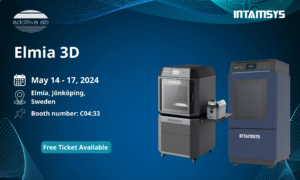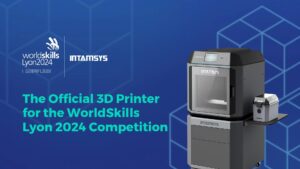Since its launch again in 2019, INTAMSYS’ flagship FUNMAT PRO 610HT 3D printer has confirmed itself to be an industrial powerhouse. Sporting a large-format construct quantity measuring 610 x 508 x 508mm, the high-performance FFF system is the agency’s most feature-packed but. It presents a twin extrusion setup with nozzle temperatures of as much as 500°C, in addition to an enclosed construct chamber able to sustaining 300°C.
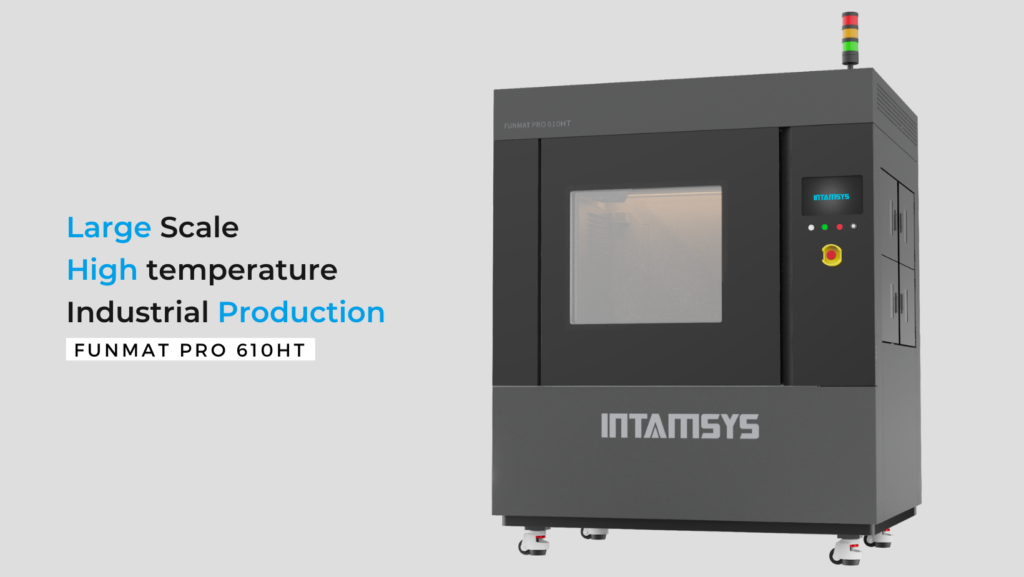
The FUNMAT PRO 610HT 3D printer. Photograph by INTAMSYS.
- High Performance Materials Production Capability
- High Build Volume
- Advanced Thermal Design
- Continuous production capacity
Constructed particularly for large-scale end-use practical elements, the machine is designed to course of the highest-performance engineering polymers in the marketplace, together with PEEK, ULTEM(PEI), and PPSU. The producer has now shared particulars of the FUNMAT PRO 610HT’s genesis story, and the way 3D printing within the growth course of paved the best way for shorter lead instances, decrease prices, and a profitable launch.
Everyone knows how complex it is to transform an idea into reality. At INTAMSYS, we go through the same obstacles as everybody else, therefore, we discover a way to overcome them. We develop, research and produce 3D printing equipment quicker than our rivals.
Founder of INTAMSYS
Fifteen 3D printed internal components
Tight temperature control capabilities were always a key requirement with the FUNMAT PRO 610HT, as is the case with all of INTAMSYS’ high-temperature systems. But building a machine with a 300°C build chamber is a tricky endeavor, as the internal components of the system need to be tested at equally high temperatures.
Thanks to the company’s existing portfolio of industrial 3D printers, the team was able to prototype many of these internal components in-house using engineering filaments. This eliminated the need to resort to metal prototypes, saving on costs. According to INTAMSYS, if they had outsourced functional prototyping to a third-party metal manufacturer, they would’ve only been able to test up to three prototypes per component. By keeping operations in-house, some of their parts were tested in over a dozen different iterations with minor design changes between them.
With such streamlined lead times, this also led to 3D printed end-use parts. Some of the system’s internal components were 3D printed on-demand and fed into the production cycle on a rolling basis, greatly reducing INTAMSYS’ reliance on external suppliers. Today, there are a total of 15 different 3D printed production parts installed in every FUNMAT PRO 610HT unit.
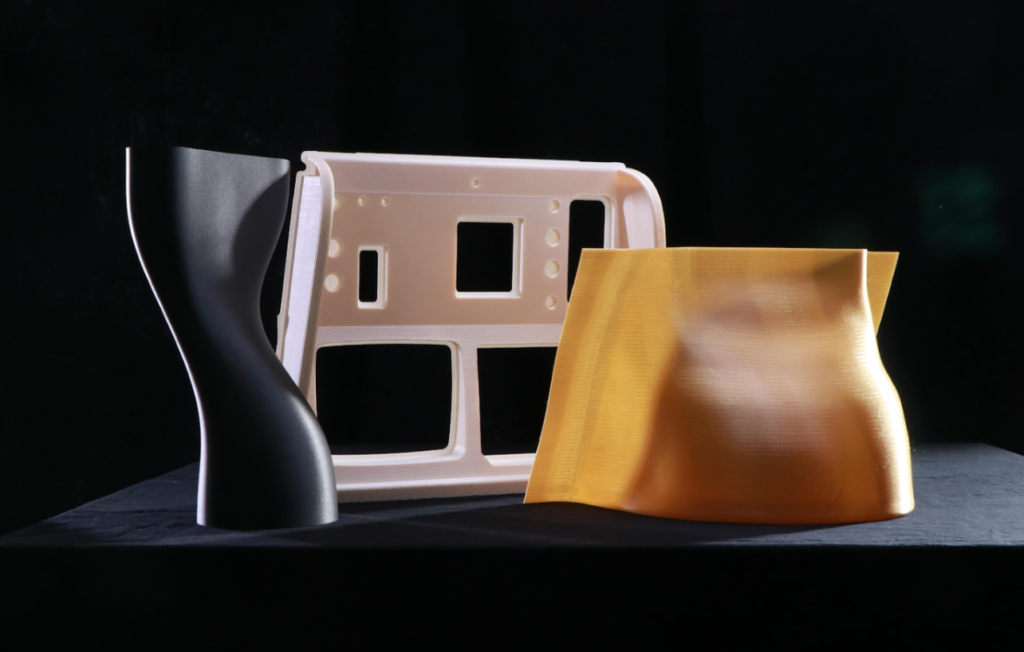
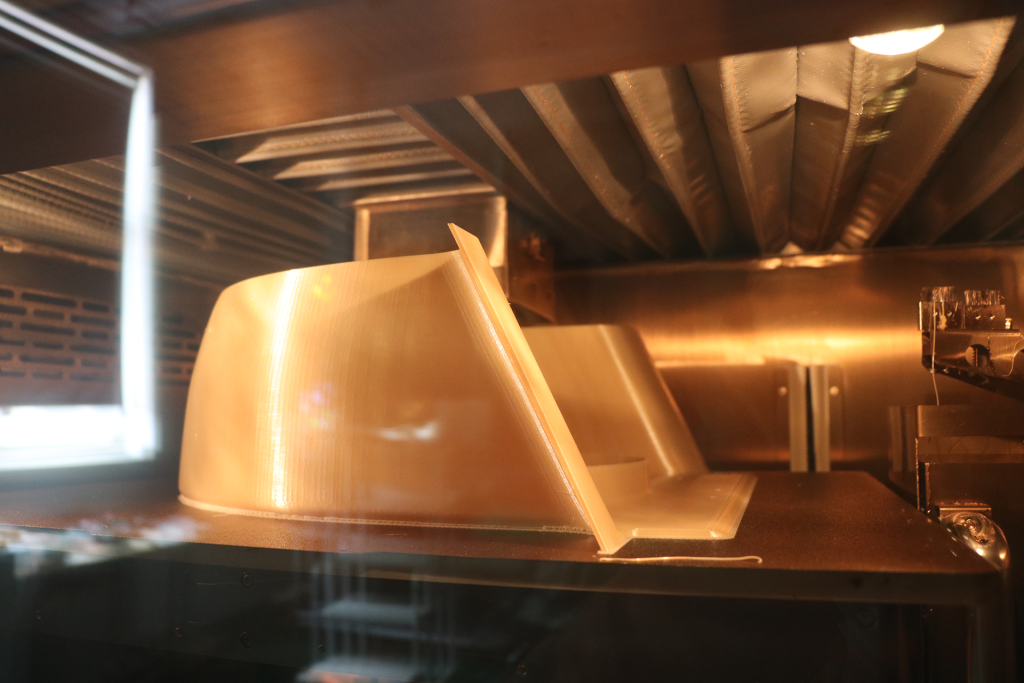
Watch the full tutor video here: https://www.youtube.com/watch?v=lWzkgi2r3pE
Read the full article here: https://3dprintingindustry.com/news/review-intamsys-funmat-pro-410-industrial-grade-dual-extrusion-3d-printer-202784/



